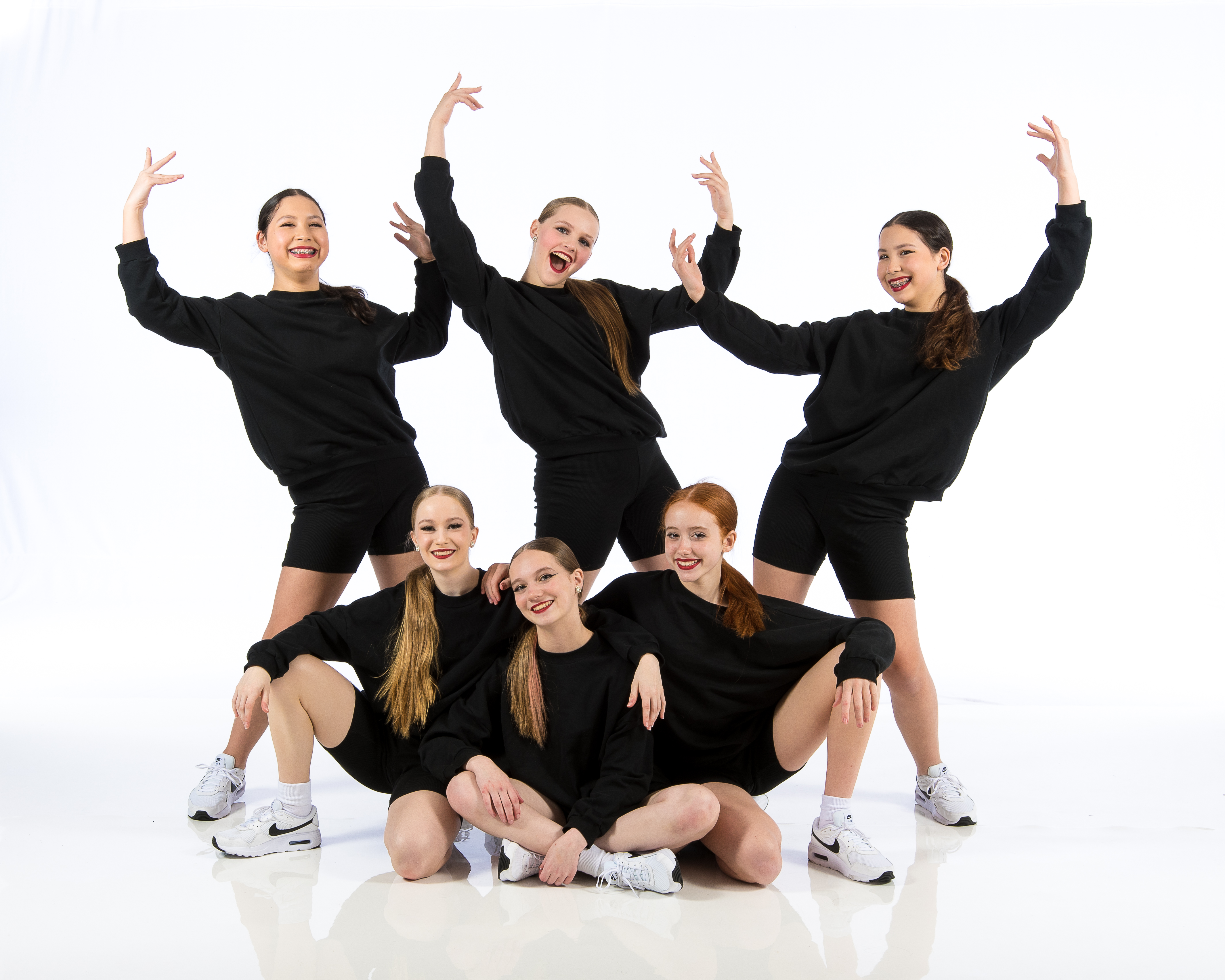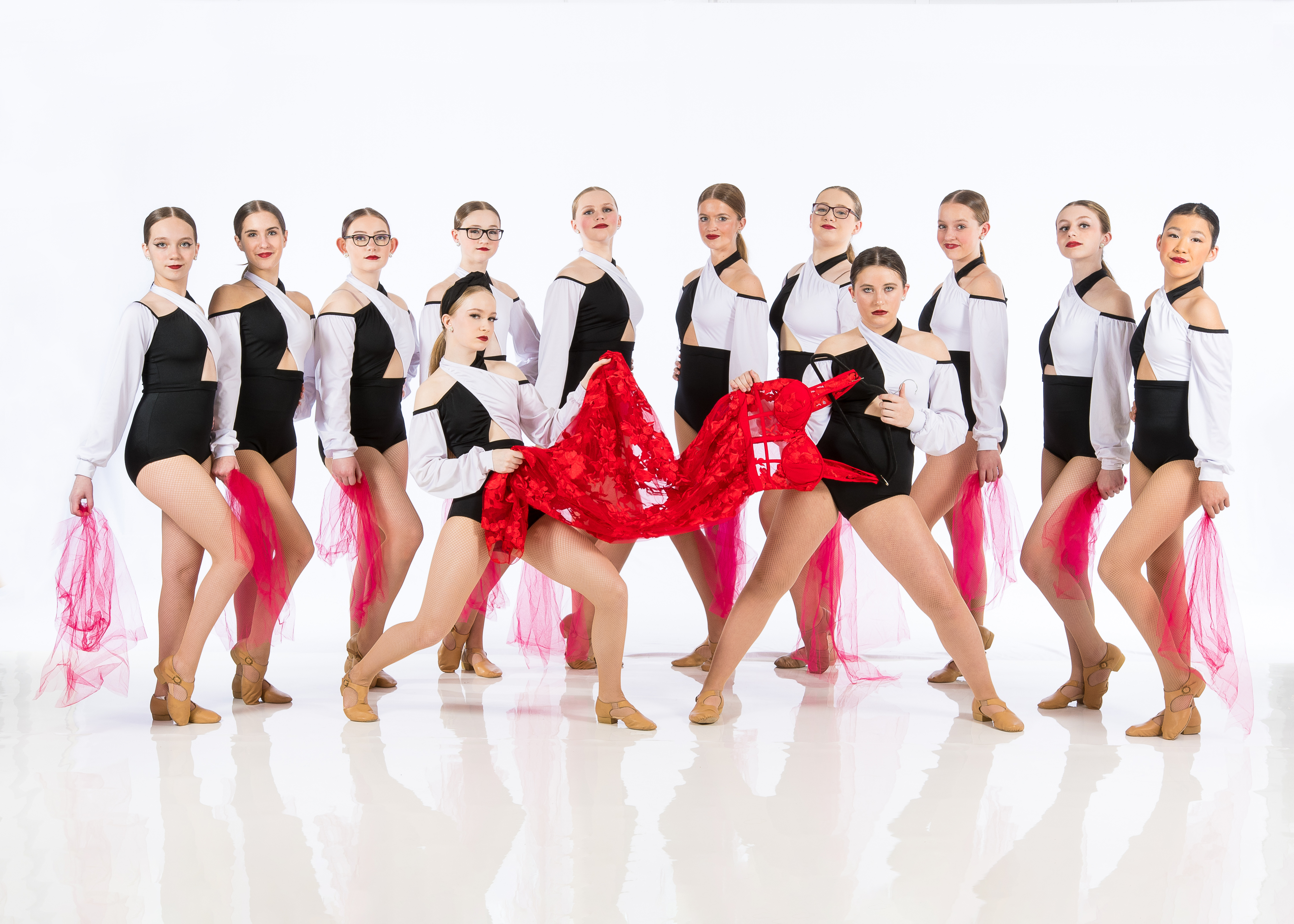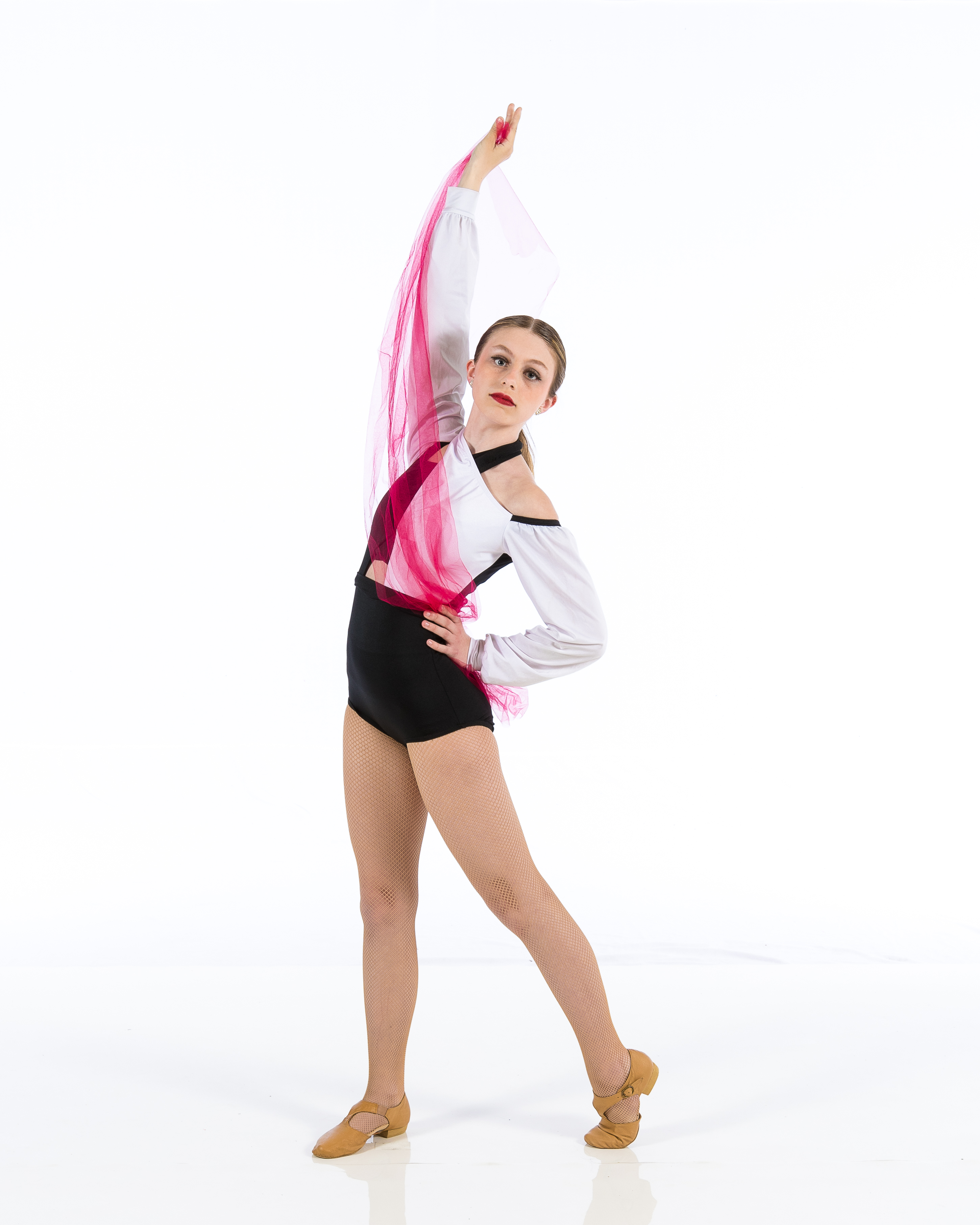Introduction: The Dance of Innovation
Have you ever thought about how creativity blooms in the most unlikely places? In a ballet dance studio, where discipline and precision typically reign supreme, improvisation can be the secret ingredient that adds a sprinkle of magic. Yes, you heard it right! While ballet has its roots deeply embedded in tradition, it’s also a playground for creative minds willing to explore. So, grab your tutus and let’s dive into the world of nurturing creativity through improvisation in ballet classes—an exciting journey awaits!
Nurturing Creativity Through Improvisation in Ballet Classes
Improvisation might seem like an oxymoron when paired with ballet's structured movements. However, it’s precisely this interplay that allows dancers to express themselves authentically. Picture this: a room filled with aspiring ballerinas, each one unique with their thoughts and emotions, yet united by a common goal—to create beauty through movement. The art of improvisation invites them to break free from rigid forms and discover their individual voices.
What is Improvisation in Ballet?
Improvisation in ballet refers to the spontaneous creation of movement without pre-planned choreography. Think of it as jazzing up your routine—a way for dancers to explore their bodies and emotions creatively. It encourages self-expression while maintaining the elegance that ballet embodies.
Why is Improvisation Important?
Improvisation plays a pivotal role in nurturing dance studio creativity for several reasons:
Enhances Emotional Expression: Dancers learn to channel their emotions through movement. Develops Problem-Solving Skills: When faced with unexpected moments during performance or practice, dancers must think quickly on their feet. Boosts Confidence: Stepping out of one's comfort zone fosters self-assurance. Encourages Collaboration: Group improvisations can strengthen bonds among dancers. Creates Unique Experiences: Each session becomes an opportunity for fresh inspiration.
The Benefits of Incorporating Improvisation in Ballet Classes
1. Fostering Individuality
Every dancer has a distinct style; embracing improvisation allows them to showcase their personalities.
2. Building Trust Among Peers
Collaborative improvisational exercises help cultivate trust within the dance studio community.
3. Boosting Creativity and Innovation
Just as artists use paintbrushes to create masterpieces, dancers can use their bodies as tools for inventive expression.
How Can Dance Studios Implement Improvisation?
1. Warm-Up Exercises with a Twist
Incorporating simple improv activities into warm-ups can set the tone for an exploratory class.
- Use phrases like "move freely" or "find your own rhythm" instead of adhering strictly to traditional warm-up routines.
2. Creative Movement Prompts
Provide prompts that encourage students to interpret music or themes through movement spontaneously.

- Example prompts could include “Express spring” or “Portray joy.”
3. Partnered Improv Activities
Encouraging students to pair up and explore movements together fosters collaboration and trust.
- Assign roles such as leader and follower; switch roles frequently!
Common Misconceptions About Improvisation in Ballet
1. Ballet Should Always Be Strictly Regulated
While structure is essential, improvisation enriches technique rather than undermining it.
2. Improvisation is Only for Advanced Dancers
Nonsense! Dancers at any level can benefit from improv exercises; it's about exploration rather than perfection.
The Role of Ballet Dance Academies in Encouraging Creativity
Many ballet dance academies are beginning to recognize the importance of fostering creativity alongside technical training:
- They offer workshops specifically focused on improvisational techniques. Create safe spaces where students feel comfortable experimenting without judgment.
Famous Ballerinas Who Embraced Improvisation
Throughout history, several celebrated ballerinas have pushed the boundaries by incorporating improvisational elements into their performances:
| Ballerina | Notable Contribution | |--------------------|--------------------------------------------------| | Martha Graham | Introduced modern dance elements into ballet | | Pina Bausch | Blended theater with dance for emotional expression | | Anna Pavlova | Known for her expressive interpretations |
Integrating Music into Improv Sessions
Music serves as an incredible catalyst for creative expression:
- Experimenting with different genres—classical, jazz, or even contemporary—can inspire diverse movements.
“Dance first; think later.” – Samuel Beckett
It’s all about letting go and allowing yourself to be moved by sound!
Creating Safe Spaces for Improv Exploration
For many dancers, exploring creativity requires vulnerability:
- Establishing guidelines that promote respect among peers ensures everyone feels secure during sessions.
“In order to create there must be a destruction.” – Pablo Picasso
Dancers should feel comfortable dismantling preconceived notions about what ballet should look like!
How Teachers Can Facilitate Creative Growth in Classrooms?
Dance instructors play an instrumental role in shaping the culture within studios:
Encourage risk-taking by celebrating each attempt at innovation. Provide constructive feedback that nurtures rather than criticizes. Model openness by participating alongside students during improv exercises.Overcoming Barriers to Creativity in Dance Studios
While nurturing creativity is crucial, various barriers may hinder its development:
- Fear of failure can stifle exploration; addressing these fears openly helps alleviate pressure on performers.
By fostering an environment celebrating experimentation over results, studios empower dancers!
The Relationship Between Technique and Improvisation
You might wonder—can technique coexist harmoniously with creative freedom? Absolutely!

- Strong foundational skills provide the framework upon which improvisational prowess builds itself.
Let’s face it; you wouldn’t paint without knowing how to handle your brush effectively!
Tips for Dancers Looking to Explore Creativity Through Improvisation
Here are some handy tips every budding ballerina should consider:
Start Small: Incorporate short periods of free movement within class routines. Journal Your Thoughts: Reflect on feelings before dancing—what moves resonate? Play with Space: Experiment with levels (low/high) and directions (forward/backward). Engage Your Senses: Close your eyes while dancing—feel rather than see! Record Your Sessions: Capture spontaneous moments on video—it might surprise you!Frequently Asked Questions (FAQs)
Q1: Is improvisation suitable for beginners?
Absolutely! Beginners can greatly benefit from exploring movement freely; it encourages confidence and individuality early on.
Q2: How do I overcome fear when trying improv?
Start small! Practice alone or with trusted peers until you feel comfortable expressing yourself publicly.
Q3: Can I incorporate styles other than ballet into my improv sessions?
Of course! Mixing styles can lead to innovative combinations that enhance overall dance skillsets.
Q4: Are there specific exercises meant solely for improving improv skills?

Q5: How often should teachers incorporate improv into lessons?
Ideally every class! Even brief moments dedicated towards exploration can significantly impact growth over time.
Q6: What if I don't feel 'creative'? Can I still participate?
Creativity lies within everyone—the key is allowing yourself space & freedom without judgment; give yourself permission just to move!
Conclusion: Unlocking Potential Through Creative Expression
As we’ve explored throughout this article, nurturing creativity through improvisation in ballet classes opens doors previously locked away under layers of tradition and expectation. Whether you're stepping foot into a local dance studio or training at an esteemed ballet dance academy, remember that every plié offers a chance not just for technical improvement but also personal discovery—you might just surprise yourself along the way!
So next time you find yourself twirling across the floor at your favorite dance studio, take a moment—not only to perfect those pirouettes—but also embrace spontaneity! After all, true artistry often lies not merely within conformity but thrives where innovation meets experience!
Now go forth brave ballerina warriors—and let those creative juices flow! 🩰